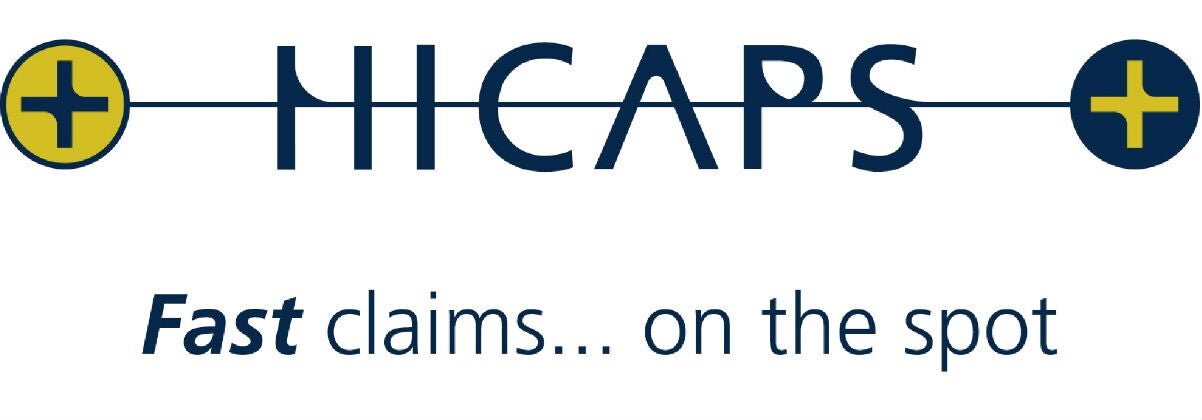Achilles Tendon Rupture
What is an Achilles Tendon Rupture?
When your Achilles tendon snaps it is known as Achilles tendon rupture.
What Causes an Achilles Tendon Rupture?
Often an Achilles rupture can occur spontaneously without any prodromal symptoms. Unfortunately the first "pop" or "snap" that you experience is your Achilles tendon rupture.
Achilles tendon rupture most commonly occurs in the middle-aged male athlete (the weekend warrior who is engaging in a pickup game of basketball, for example). Injury often occurs during recreational sports that require bursts of jumping, pivoting, and running. Most often these are tennis, racquetball, squash, basketball, soccer, softball and badminton.
Achilles rupture can happen in these situations:
You make a forceful push-off with your foot while your knee is straightened by the powerful thigh muscles. One example might be starting a foot race or jumping.
You suddenly trip or stumble, and your foot is thrust in front to break a fall, forcefully overstretching the tendon.
You fall from a significant height.
The biggest risk factor for Achilles tendon rupture is tendon cell death which occurs as a result of poorly managed tendinopathy.
What is a Tendinopathy?
Higher Risk of Achilles Tendonitis History
It does appear that previous history of Achilles tendonitis results in a degenerative tendon, which can grow weak and thin with age and lack of use. Then it becomes prone to injury or rupture. Certain illnesses (such as arthritis and diabetes) and medications (such as corticosteroids and some antibiotics) can also increase the risk of rupture.
Achilles Tendon Diagnosis
A staggering 20%-30% of Achilles tendon ruptures are missed. Thompson (calf squeeze) test is 96% sensitive and 93% sensitive. Unfortunately, some health practitioners fail to perform this simple clinical test.
An ultrasound examination or an MRI can confirm an Achilles tendon rupture.
Totally Ruptured Achilles Tendon Treatment
Treatment of a ruptured Achilles tendon is usually conservative (non-operative) in a Controlled Motion Ankle (CAM) Boot or it may require surgery.
The current consensus based on research is to treat them conservatively since the functional outcome and chance of re-rupture is similar (7% to 15%) using both approaches but surgical intervention has a higher risk of infection.
Achilles tendon surgery is usually considered if your Achilles has re-ruptured or there is a delay of two weeks between the rupture and the diagnosis and commencement of conservative bracing and treatment.
Post-Surgical Physiotherapy
Most surgeons will recommend that you commence physiotherapy about one-week post-op. It is important to not over-stress your Achilles tendon repair. Professional guidance of a physiotherapist experienced in Achilles tendon rupture rehabilitation is strongly recommended for your best outcome.
Ruptured Achilles Tendon Prognosis
You will normally be in your CAM brace for between 6 to 12 weeks. If everything goes perfectly during your rehabilitation it takes at least 12 weeks before a return to sport is possible. However, if there are complications, some Achilles tendon repairs can take six months to rehabilitate successfully and return to sport.
Seek Professional Advice
The best advice is to seek early advice from your physiotherapist, doctor or orthopaedic surgeon. Delay does result in a poorer prognosis.
If you are lucky, you may avoid surgery but require a walking boot, or similar, with a graduated rehabilitation program to strengthen your injured tendon and prevent a further injury.
Common Achilles Tendon Rupture Treatments
While everyone's treatment can vary depending on your individual assessment and rehabilitation goals, here's a few common Achilles Tendon Rupture Treatment Options.




